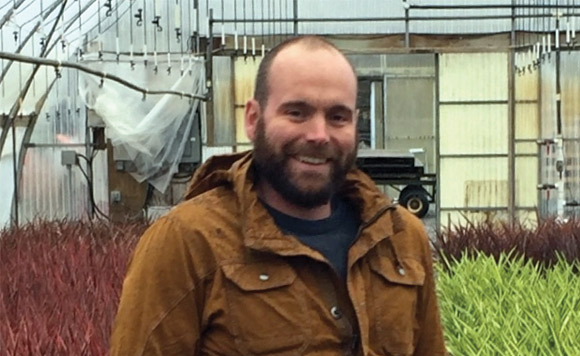by Matt Hall, Wildwood Nursery –
Is your New Year’s resolution a renewed yard? Does the thought of landscaping fill you with more dread than hitting the gym? Is it 100% because of the cost? Don’t worry! If a DIY streak runs through you, here are some tips to help you keep your garden installation costs down.
Understand your abilities. Moving soil and digging holes isn’t rocket science, so even a gardening neophyte can carry some of the landscaping duties to cut costs. That being said: there are some tasks where a DIY streak can end up costing you money. For example: if you want a garden that looks like The Butchart Gardens, you’ll probably want to spend a bit on a design. It’s much easier (and cheaper) to follow someone else’s plant list than landscape by trial and error. Another professional to talk to would be an irrigation specialist. Irrigation installation is relatively simple (in theory) but if done incorrectly can cost thousands in water bills, flood damage or dried-out plants. Even an inefficient watering system’s costs can compound into thousands of dollars of wasted water.
Watering. We have punishingly hot and dry summers here in the Capital Region, which means that drought stress is the leading cause of plant loss in the garden. Even if plants survive the heat, a few periods of drought can cause damage that may take years to repair (if at all). As stated before, irrigation is also one of the most expensive parts of owning a garden. The best way to mitigate this is in proper plant choice. There are some great native plants that can handle a bit of drought. That said: not all native plants can take sustained periods without water. Personally, I’m a huge fan of plants like rockrose, raphiolepis and lavender, which are from similar climates and really like it here on the Island. One must also remember that all new plantings will require more frequent watering than established plants. If you’re interested in really saving water, xeriscaping is a movement where gardens are planned to require little or no water at all (and they really don’t have to look like the Mojave Desert either).
Understand your property. Before breaking ground, get to know what’s going on in your space. How much sun do planting areas of your property get during the spring and summer? Where is the drainage good or bad? What are some sightlines you want to keep or block? Understanding these factors will help you make the right decisions when it comes to garden layout and plant choice. Every good decision means fewer plant replacements which will save you loads of money in the long run.
Think twice; cut once. It’s easy to get carried away when tearing out your old garden, but mature plants take years (or even decades) to get established. Be sure you really want them out as mature replacement plants are very expensive and will quickly deplete your budget. Ask yourself whether a refurbishment (via pruning and fertilizing) could be the answer instead? Also, you may be able to use them elsewhere in your garden as many smaller shrubs, perennials and bulbs can be transplanted.
Have questions to ask our team of experts? Send your gardening queries to news@seasidemagazine.ca.




